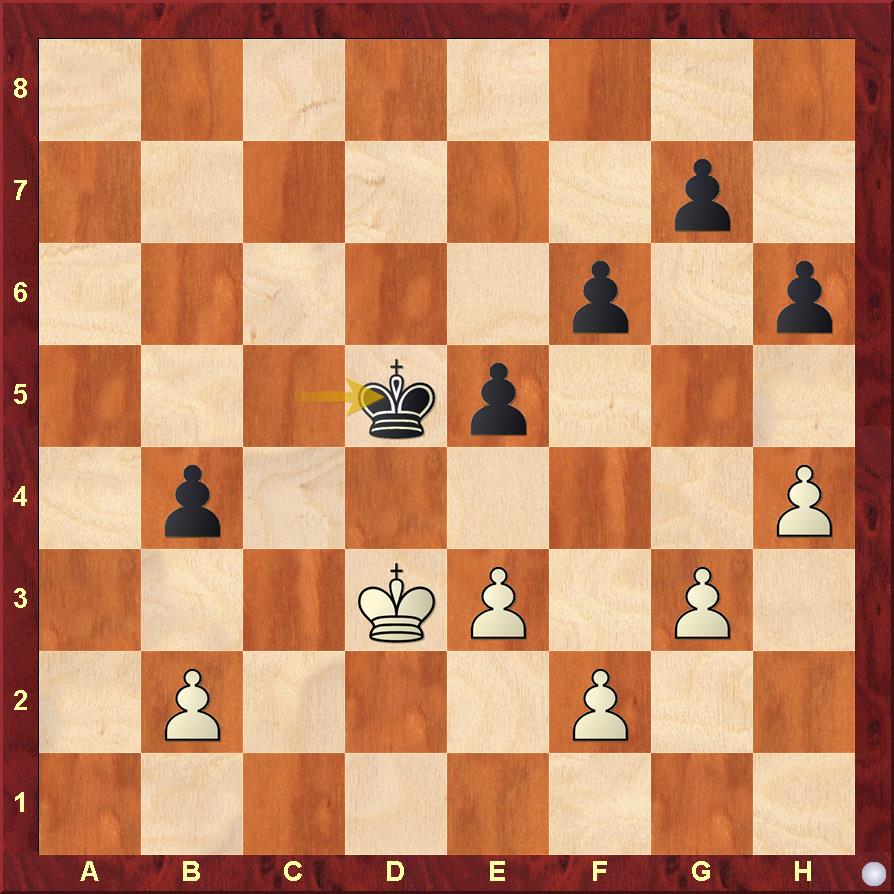Carlsen too strong for Giri | Legends of Chess Round 1
The Chess24 Legends of Chess tournament kicked off on 21st July with its preliminaries, where 6 legends of the sport and 4 younger geniuses fight it out over 4-game rapid matches with Armageddon Tiebreakers. Day 1 saw 3 mini-matches being decided outright, as Carlsen, Gelfand and Svidler managed to beat Giri, Ding and Anand respectively in contrasting styles. Nepomniachtchi and Leko needed Armageddons to see off Kramnik and Ivanchuk after tying the match in 'regular time'. Tanmay Srinath brings forth an illuminating report from a fascinating Day 1.
With the Covid Pandemic growing its tentacles, online chess has become the enthusiast's respite in the last few months. With a lot of top GM's like Giri, Vidit and Ganguly starting their youtube channels, to Magnus Carlsen launching his own online chess tour, the game has developed to a whole new level. This event, the Chess24 Legends of Chess, is the 4th tournament of the Magnus Carlsen Chess Tour, preceding the Grand Finals.
The rules of the tournament are as follows:
The “chess24 Legends of Chess” online tournament kicks off with a preliminary round, a single round-robin of rapid chess played over nine days. Each matchup consists of four games with a time control of 15 minutes plus increments of 10 seconds. If the final score is 2:2, the winner is decided in Armageddon (White has an extra minute but is obliged to win). A victory, without Armageddon, grants three points, while winning in Armageddon grants two points to the winner and one point to the loser.
The four top scorers of the preliminaries qualify for the knockout round. In the semifinals and final, the same format will be in place, except that instead of going immediately to Armageddon in case of a tie, a pair of blitz games (5+3) will be the first tiebreaker. With this background, let us proceed to the games:
Carlsen 3-1 Giri:
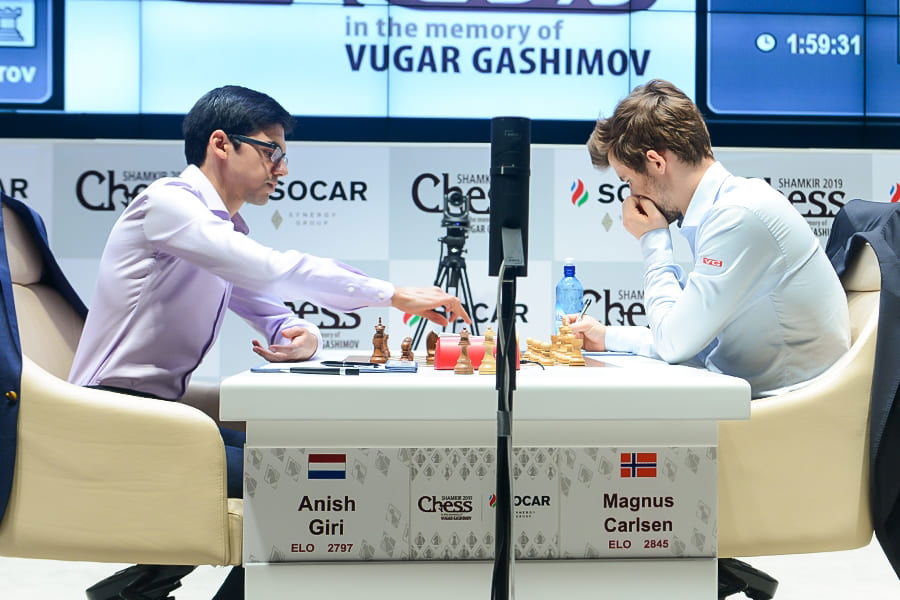
The most awaited match up of Round 1 disappointed slightly as far as the actual chess was concerned, especially considering the pre-game banter between the two best buds:
Magnus Carlsen has been in scorching form in his online chess events, winning 4 out of the last 5 events he has taken part in. He has seemingly started this one with the intention of making it 5, as after looking at the games one feels that Giri didn't even get a look in. Magnus was firing with White and was super solid with Black. With 8 rounds to go there is still a lot of chess left, but one thing that is clear is that the Magnus Machine is fully oiled up and ready to destroy!
Game 1 was a Semi Slav/QGD Mixture where Magnus got through his c5 break easily and solved all his opening problems:
Game 2 was perhaps the turning point of the match:
Carlsen-Giri
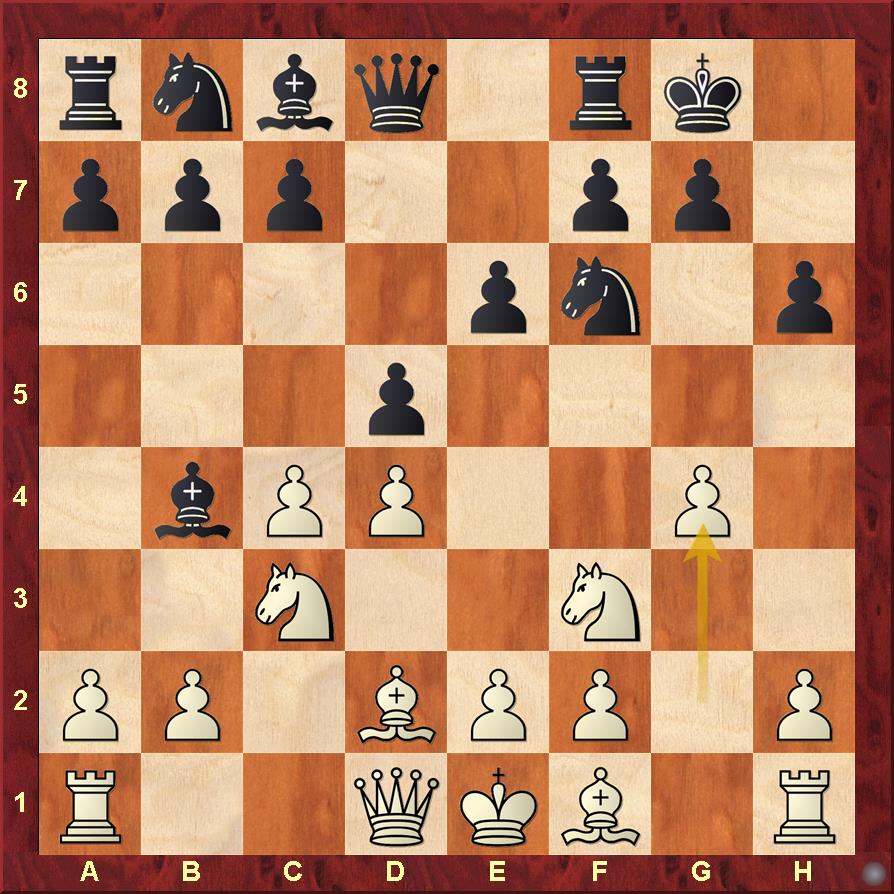
First we will let the champion discuss how he found this move:
However, when I first looked at the game, what intrigued me was why Anish played so submissively against Magnus's double edged play. I analysed the position on my own for a few minutes, and I managed to find a way to completely equalise against this move, starting with 7...c5!:
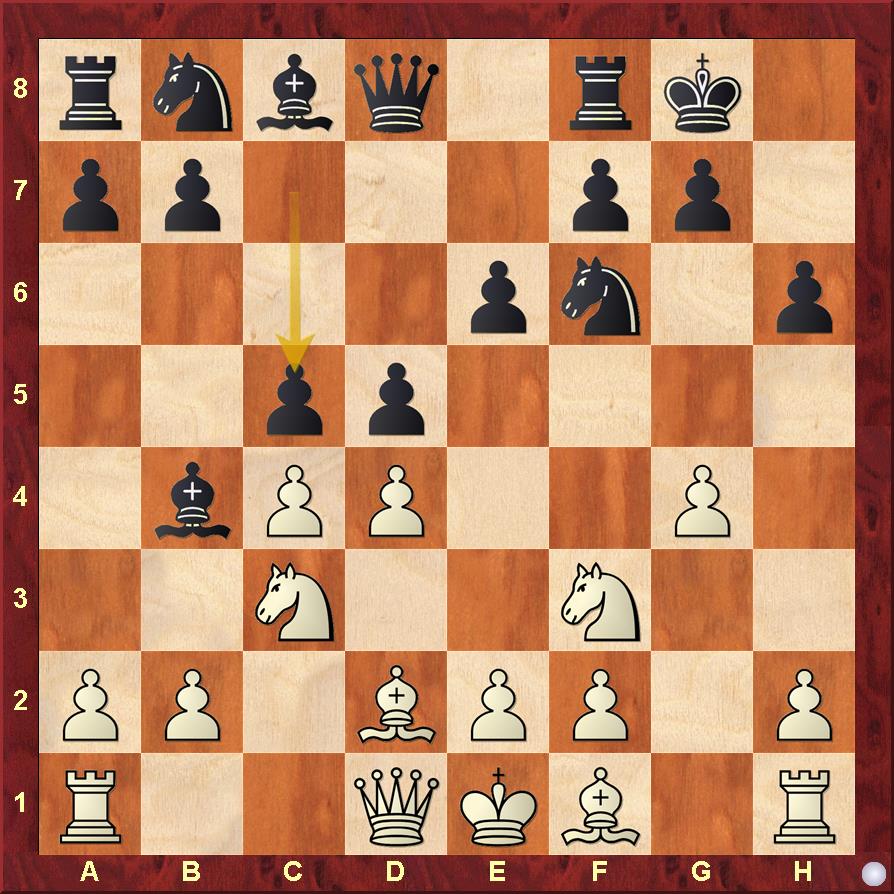
Of course my standard of play and Giri's are not even close - he will beat me 11 times out of 10, but I wonder why he didn't follow the age old principle of meeting a flank attack with a counter-blow in the center. This move is the first thing that came to mind for me, and after a not-so brief check with my machine I managed to prove its correctness. I present the following analysis here not as an absolute bedrock to be adhered to, but as a good starting point for further investigations. The lines are the machine's, but the candidate choices and preferences are mine, which I checked with the engine to make sure it is sound.
I quickly realised (quite thankfully and mostly due to my machine) that White has only one acceptable move here, which is 8.g5!. Black has to take the pawn with 8...hxg5, and after 9.Bxg5 we reach this position:
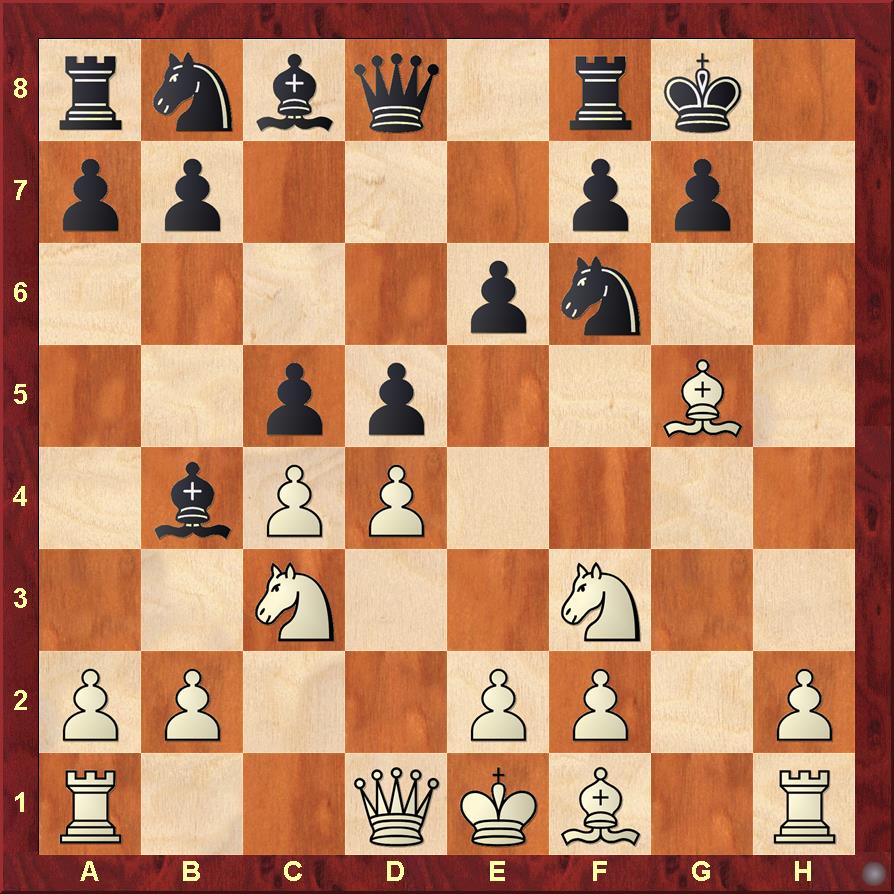
This kind of position looks very scary for Black, with the open g-file and looming threats with the h-pawn advance. However, one must not forget the White king in the center. My guess is Giri didn't like the look of this position. However, Black has two good paths to equality here. One of them leads to an endgame where White has the bishop pair but is two pawns down, something Anish would love to play against Magnus, and the other leads to a very complex position where Black's chances are not worse and White needs to find a series of good moves to keep the equilibrium.
The endgame line starts with 9...dxc4!? - 10.Rg1 cxd4 11.Nxd4 e5! 12.Nf5 Qxd1+ 13.Rxd1 Ne4!:

However, the critical line, and one which I enjoyed investigating the most, began with 9...Nbd7! 10.Rg1 Qa5:
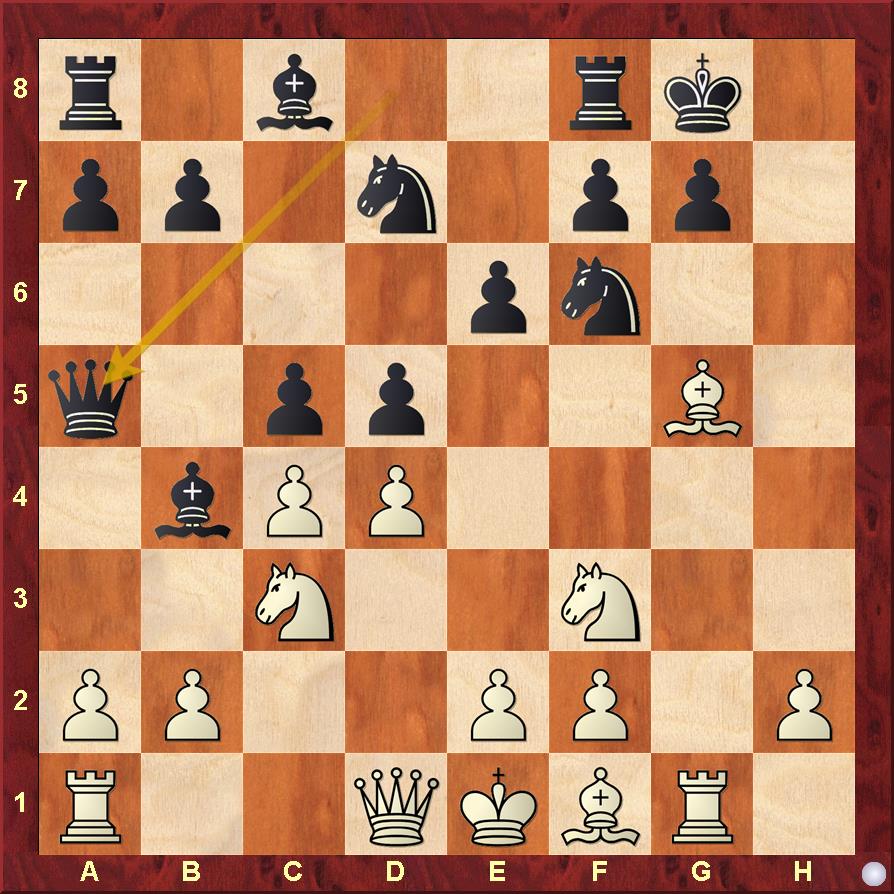
Even after quite a bit of analysis I must confess I am not close to solving all the intricacies, but given the short time frame of completing this article I am unable to to as deep as I want to. However, I did manage to find some very fascinating lines here. One thing is clear - it is that White has to solve at least as many problems as Black here.
My educated guess is that Anish reached this position as well in his calculations, but did not quite see what he is to do after 11.Bh3!?:

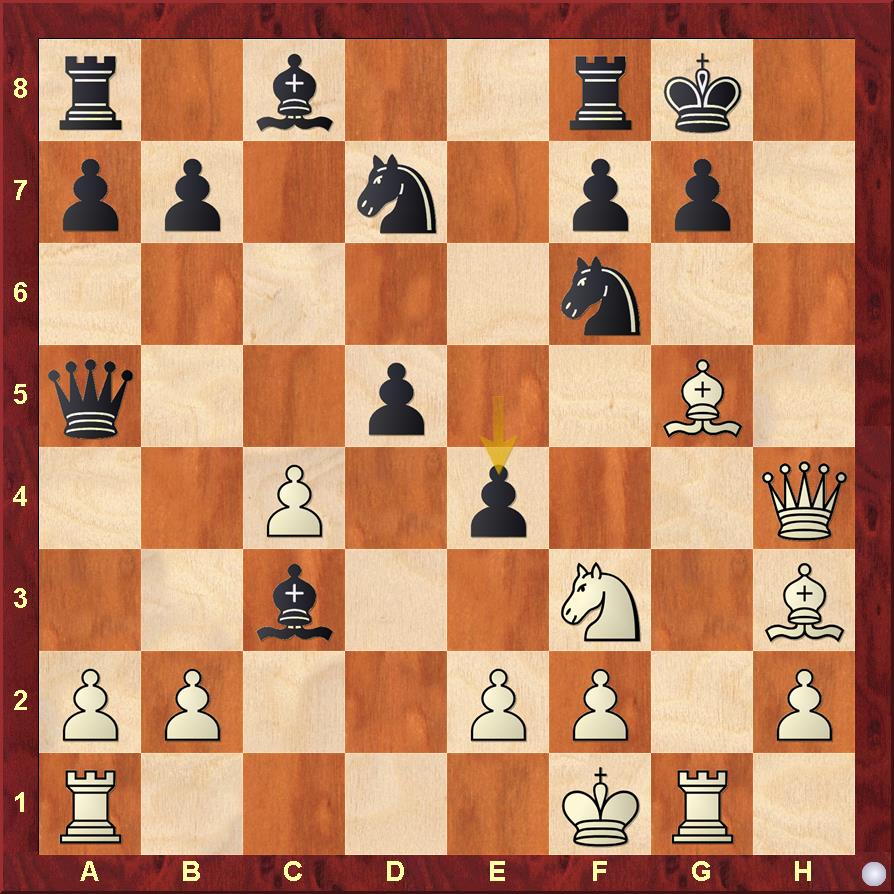
With the seemingly dangerous move 11.Bh3 covered let us come to the most critical line starting with the direct 11.Bh6! Bxc3+ 12.bxc3 Qxc3+ 13.Nd2 and now the brilliant exchange sacrifice 13...g6!:
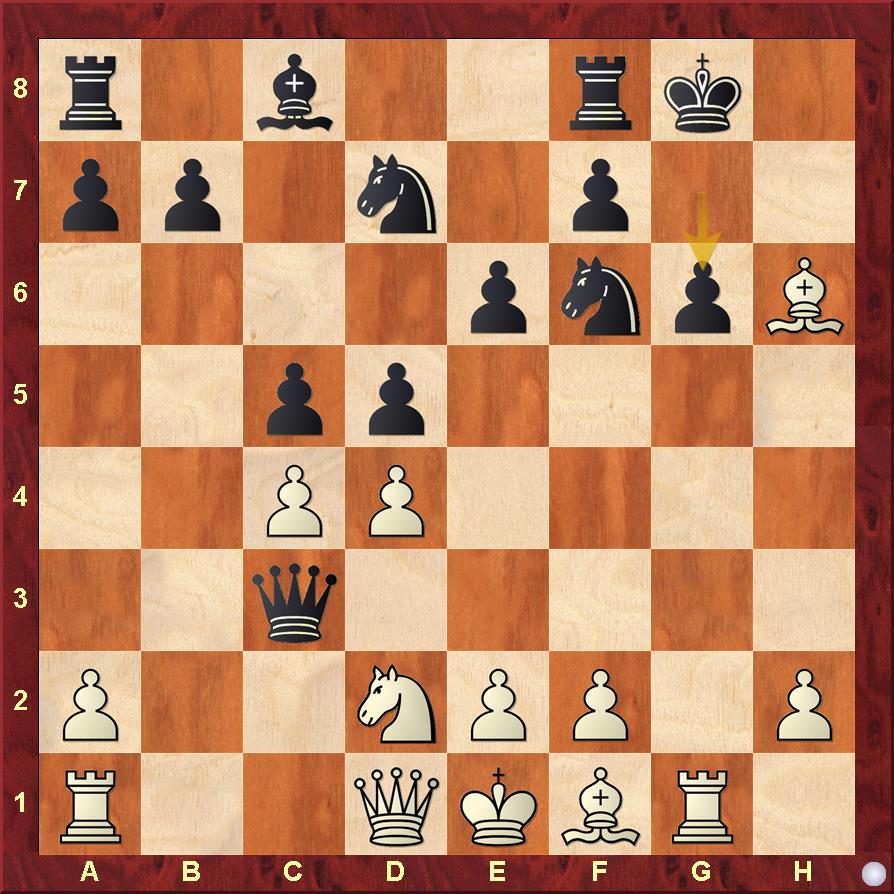


Here is the game annotations:
The remaining two games were hard for Anish. He failed to get even a slight edge against Magnus's QGD and then went down fighting in a King's Indian in the final game.
As Kasimdzhanov rightly put it:
Gelfand 3-1 Ding:
This result was very slightly surprising to say the least. Boris Gelfand is a class act, but in recent times he has slowed down, and at one point his rating had dropped below 2700. However, if anything Gelfand's book writing has invigorated his already inexhaustible love for chess, and as he proved today he remains a fearsome beast when unleashed, beating Ding two times with Black! As someone aptly put it - Form is temporary, but Class is permanent!
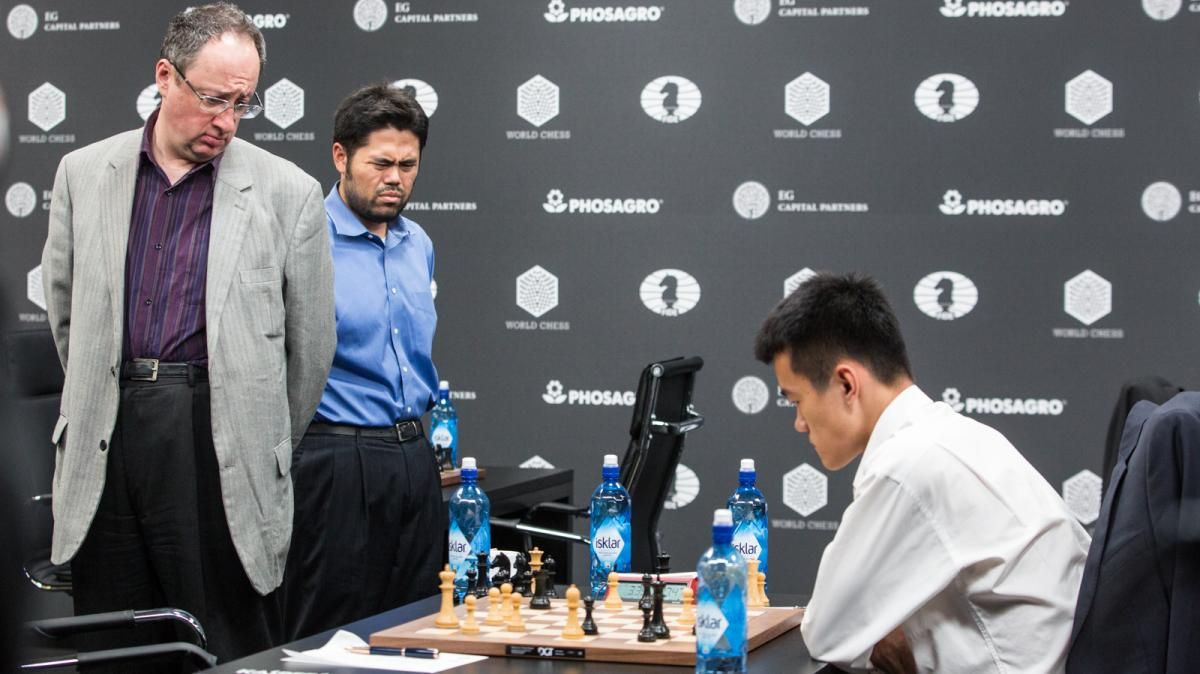
Ding-Gelfand

Gelfand missed a chance to finish the match in game 3, but he did not let that affect him as he finished Game 4 in some style after mutual blunders in the opening phase:
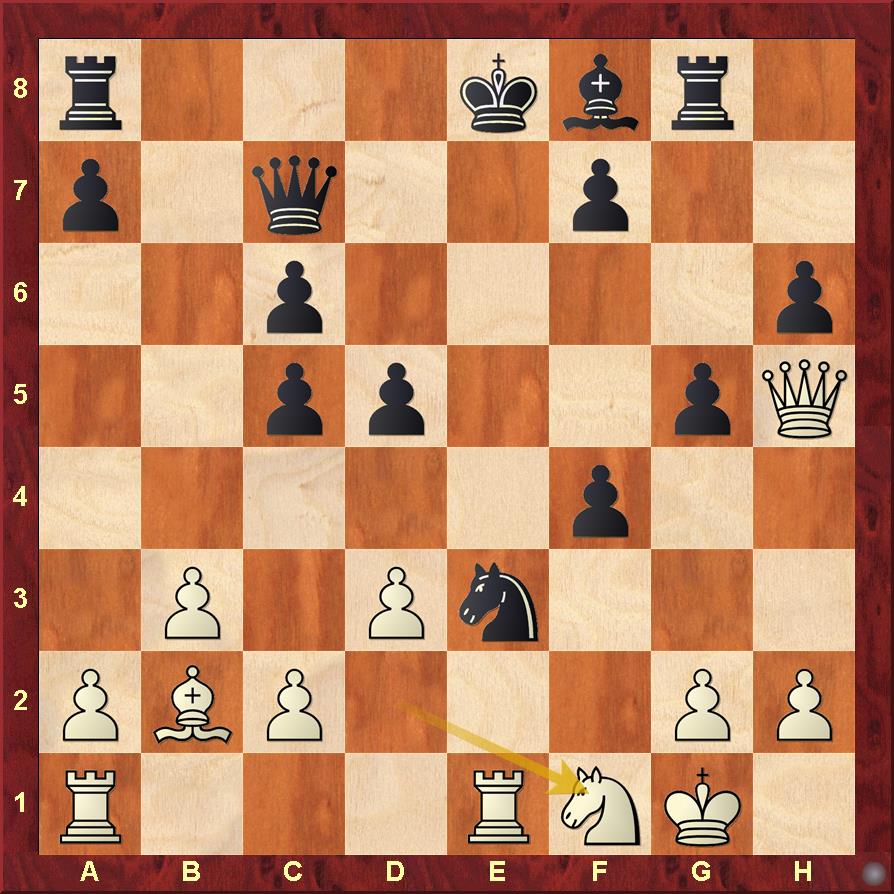
The following tweet aptly sums up Gelfand's performance:
As former World No 12 Ivan Sokolov put it:
Svidler 2.5-1.5 Anand:

This result was slightly unexpected. Peter Svidler is a world class player, but recently he has played a lot less, and his rating is not as high as it used to be. Anand also has a big plus score against Peter. However, today Svidler played well, and made the second last mistake, as the strain of playing at night took its toll on Anand. Here is the decisive moment from the final game of the match:
Svidler-Anand


Nepo 2*- 2 Kramnik (*- won the Armageddon):
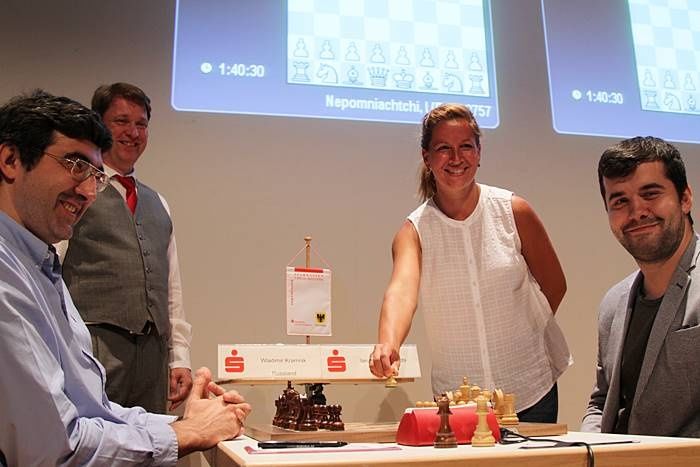
The clash between the former World No.1 and the current Candidates co-leader was filled with twists and turns. Kramnik stuck to his Reti in all his White games, while Nepo experimented with 1.d4 as White. Both sides won one of their black games - Kramnik in game 2 and Nepo in game 3:
Nepo-Kramnik

Kramnik-Nepo

The Armageddon was a tense affair. Early on in the opening Kramnik either forgot his preparation or missed the following strong queen move, indicated by Romain Edouard:
The end of the game was again conducted prettily by Nepo:
Kramnik-Nepo
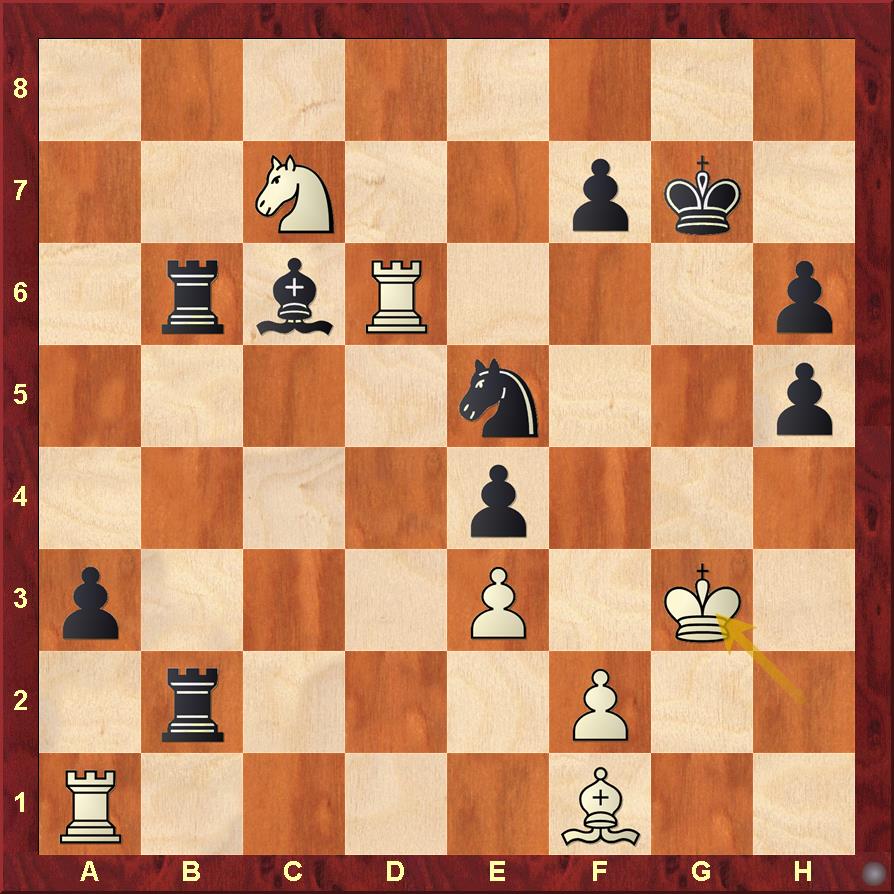
Leko 2*-2 Ivanchuk (*-Won the Armageddon):
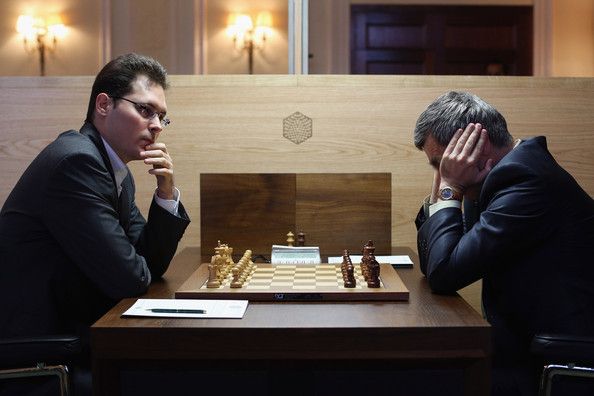
True to his highly technical style, Peter Leko took the lead in Game 2 when Ivanchuk got too ambitious:
Ivanchuk-Leko

Needing to win in game 4 to take the match to the armageddon, Ivanchuk chose the King's Gambit. He kept some tension in the position and even sacrificed an exchange, but the position remained level till the following point:
Ivanchuk-Leko
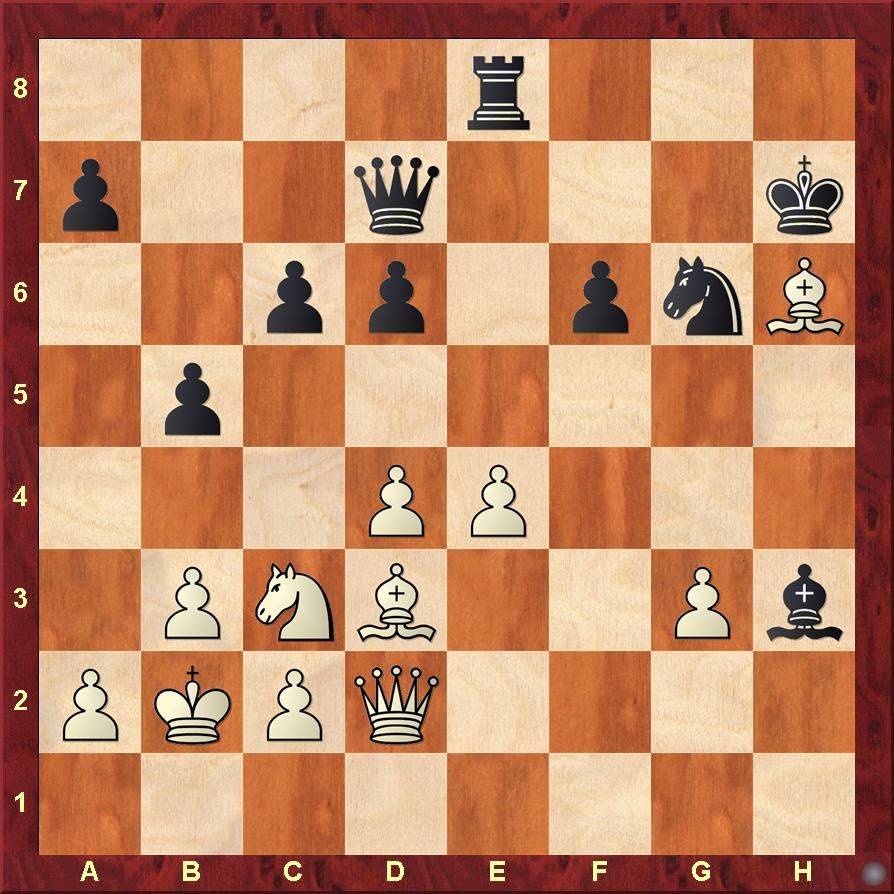
The Armageddon went better for Peter - he managed to simplify into a drawn pawn endgame quite comfortably:
Ivanchuk-Leko
